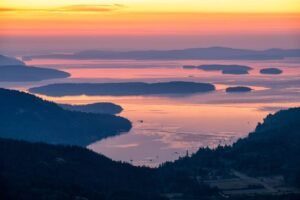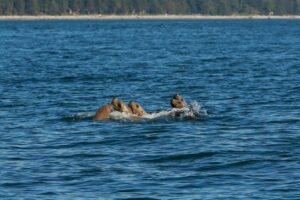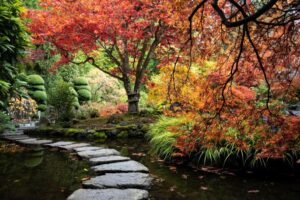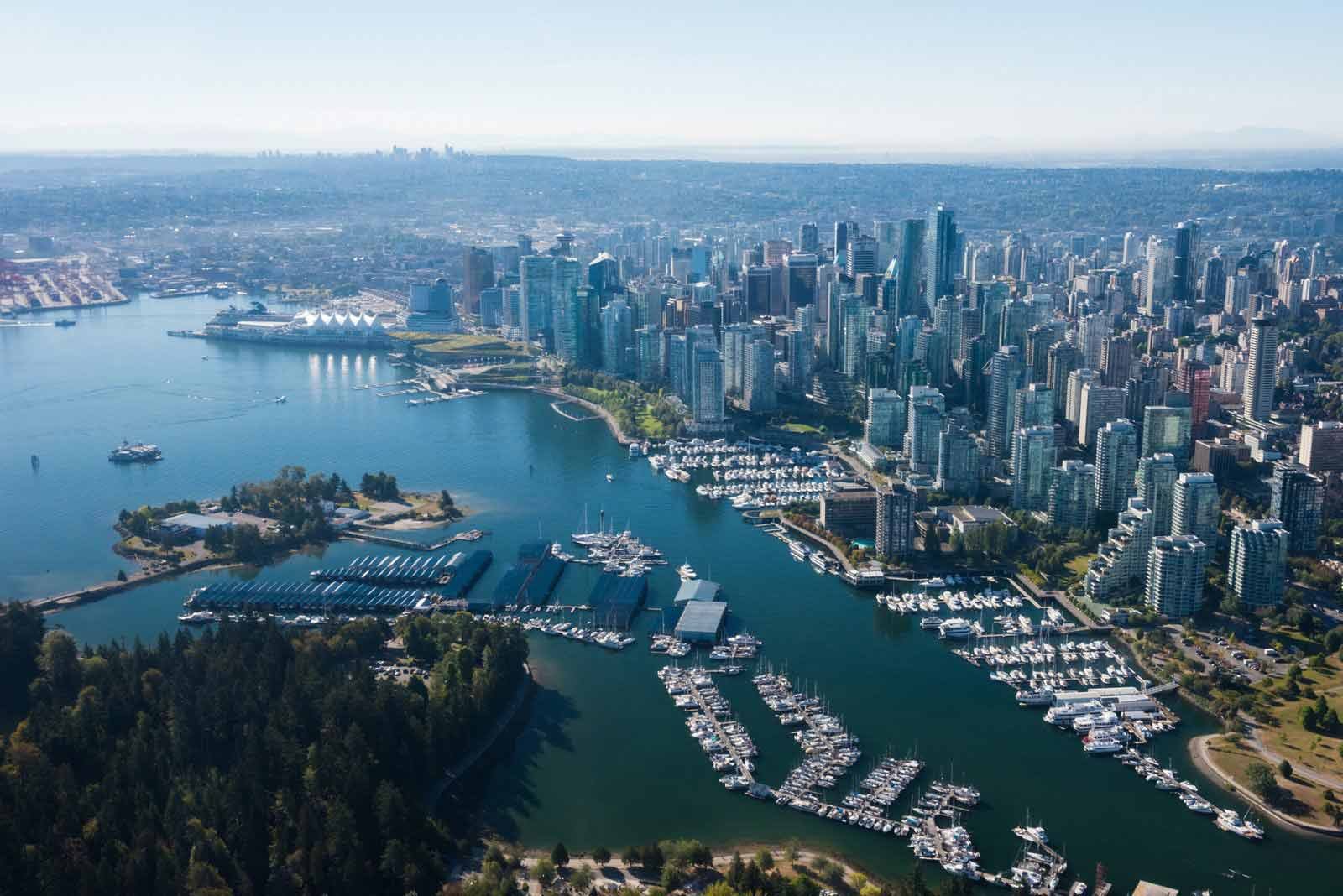 August is when the city reveals its depth. It’s a month shaped by art, culture, history, and movement. It’s not just a good time to visit Vancouver, it’s one of the best months to experience it.
August is when the city reveals its depth. It’s a month shaped by art, culture, history, and movement. It’s not just a good time to visit Vancouver, it’s one of the best months to experience it.
Vancouver has long marketed itself on its natural beauty, but what makes it truly compelling is its urban rhythms, the civic spaces, the global neighborhoods, the Indigenous stories, and the seamless transitions between city life and nature. This is a destination that it’s enjoyed best when experienced intentionally, not rushed, not surface-level.
If you’re coming to Vancouver in August, here’s how to make your trip immersive and genuinely valuable.
Why August is ideal to visit Vancouver
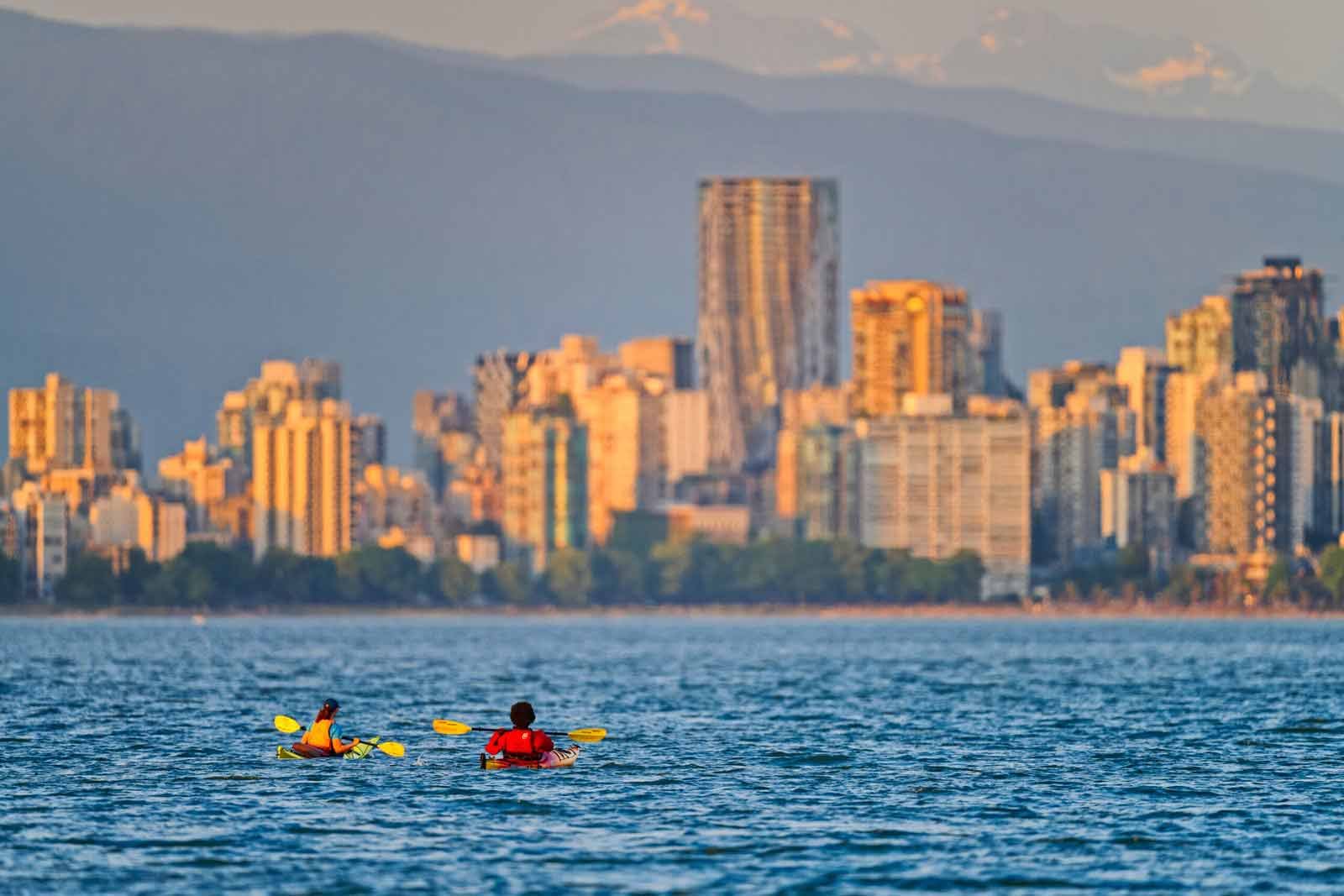
- Nice weather: Average highs of 22–24°C (71–75°F), minimal rainfall, and long daylight hours give you maximum flexibility.
- Lower peak pressure: Tourism is still active, but school holidays begin winding down by mid-August, meaning slightly fewer crowds and a more relaxed atmosphere.
- Cultural access: The city’s best community events, arts festivals, and international markets take place this month.
- Outdoor + indoor balance: It’s warm enough to kayak, swim, or hike, but cool enough for museums, bookstores, and long walking tours without discomfort.
If you’re visiting Vancouver with the goal of doing more than just seeing, it’s the best time to be here.
1. Anchor Your Visit in a Few Key Neighborhoods
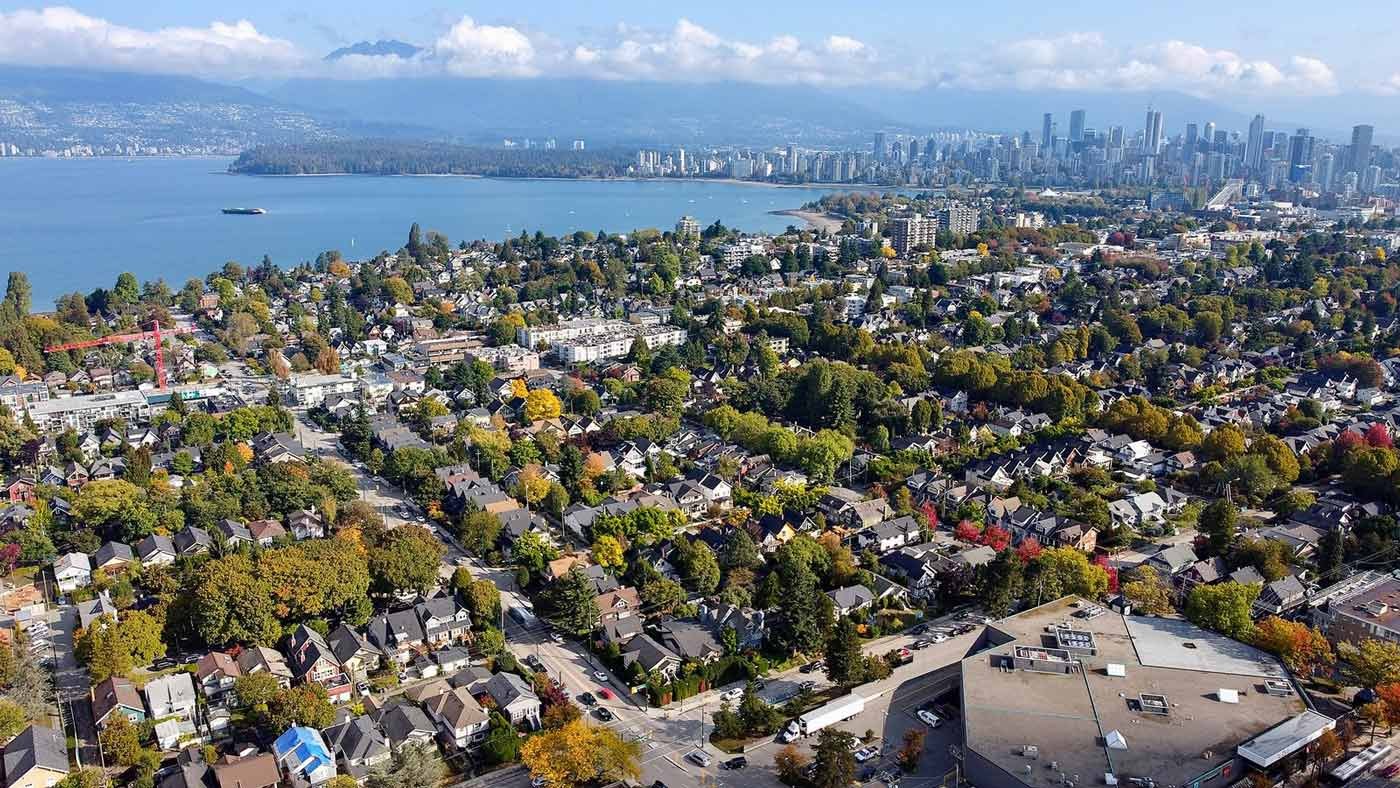 Trying to “do” all of Vancouver in one visit without an idea of what neighborhoods have to offer isn’t the best idea. First, focus on understanding the character of a few neighborhoods. Each district offers its own lens into the city’s cultural and culinary soul. Below are three standout areas that reward deeper exploration:
Trying to “do” all of Vancouver in one visit without an idea of what neighborhoods have to offer isn’t the best idea. First, focus on understanding the character of a few neighborhoods. Each district offers its own lens into the city’s cultural and culinary soul. Below are three standout areas that reward deeper exploration:
Mount Pleasant (Main Street): Urban Artistry and Conscious Living
Mount Pleasant is Vancouver’s creative heartbeat, a neighborhood that merges industrial heritage with progressive, grassroots energy. Independent coffee houses, design studios, and zero-waste stores dot the corridor along Main Street. While the Vancouver Mural Festival (VMF) officially ended its annual programming in 2024 after nearly a decade, its legacy remains vibrantly alive. The neighborhood continues to celebrate public art through VMF Legacy Murals, free mural walking routes, and newly commissioned street art year-round.
What to do:
- Wander through Mount Pleasant’s vibrant corridors of public art, where many of the murals born from past editions of the Vancouver Mural Festival continue to color the streets with bold, thought-provoking visuals. Where each piece invites you to pause, observe, and connect with the social and cultural dialogues they represent.
- Coffee in hand, begin your exploration with a stop at Kafka’s Coffee Roasting, a local favorite known for its commitment to quality and community or Nemesis Coffee, whose beautifully designed space mirrors the artistry of the neighborhood.
- Lose yourself in the literary sanctuaries of Massy Books (100% Indigenous owned and operated, and a certified Living Wage Employer) or The Paper Hound, where curated collections, rare finds, and poetic ambiance encourage slow, meaningful browsing.
- When it’s time to dine, let curiosity lead you to Bar Susu, a dimly lit gem serving up seasonal small plates, natural wines, and a warm, minimalist atmosphere. Their commitment to sustainability and creative expression makes every dish very special.
- Complete your visit by exploring local vintage boutiques and zero-waste refilleries like The Soap Dispensary, which reflect the heart of Vancouver’s eco-conscious lifestyle. These spaces invite travelers not just to shop, but to align with a community driven by intention and innovation.
Commercial Drive: Where Cultures Converse
Affectionately known as The Drive, this neighborhood pulses with decades of immigration history. Once an enclave for Italian and Portuguese communities, Commercial Drive is now one of the most multilingual and multicultural areas in Vancouver, with thriving Latin American, Iranian, and East African communities. The result is a local culture shaped by stories, spices, and songs from across the globe.
What to do in Commercial Drive:
- Taste the diaspora at Harambe Ethiopian Restaurant, where platters of injera and slow-simmered stews open a window into centuries-old traditions and family recipes passed down with care.
- Pick up a bold espresso at Continental Coffee, a local institution lovingly run by the same family for over 40 years.
- Soak in the rhythm of daily life during the early evening, when sidewalks become social spaces, dogs at your feet, music in the air, chess games unfolding without agenda.
Drop by Prado Café for organic coffee and house-baked treats in a setting that reflects the neighborhood’s evolving soulpart artist’s nook, is where the community hangouts.
Cultural Note: If Mount Pleasant is where creativity brews, The Drive is where it debates, gathers, and cooks slowly. This is where Vancouver feels most lived-in, don’t just visit. Linger, listen, and let it unfold.
Richmond: The Global Table, Just 25 Minutes Away
Though technically a separate city, Richmond is integral to understanding Vancouver’s international identity. With over 70% of its population identifying as Asian-Canadian, it offers some of the most authentic Chinese, Taiwanese, and Southeast Asian culinary experiences in North America.
What to do in Richmond:
 Eat your way through the Richmond Night Market, running Fridays to Sundays from April 25 to October 13, 2025. Come hungry for hand-pulled noodles, Taiwanese popcorn chicken, takoyaki, and elaborate mango desserts, plus themed zones and live entertainment.
Eat your way through the Richmond Night Market, running Fridays to Sundays from April 25 to October 13, 2025. Come hungry for hand-pulled noodles, Taiwanese popcorn chicken, takoyaki, and elaborate mango desserts, plus themed zones and live entertainment.- Experience dim sum at local favorites like Chef Tony Seafood or Fisherman’s Terrace, both celebrated for traditional Cantonese fare and elegant presentation.
- Visit Steveston Village to explore the Gulf of Georgia Cannery National Historic Site, where you’ll learn about the fishing industry and the intersection of Asian and European settler histories.
- Wander through Asian shopping centers like Aberdeen Centre or Parker Place, where beauty products, herbal teas, and karaoke lounges live side-by-side.
Local Insight: This isn’t a day trip, it’s a cultural immersion. Bring an appetite and an open mind.
Each of these neighborhoods speaks a different dialect of Vancouver’s larger cultural language. To truly connect with the city, let go of the checklist. Choose one or two areas that resonate, and give them the gift of your time and presence to experience Vancouver at its fullest.
2. Prioritize Experiences Over Attractions
Vancouver’s most memorable moments rarely come from “must-see” landmarks. They come from engagement. Look for interactive or participatory options:
Indigenous-Led Cultural Activities
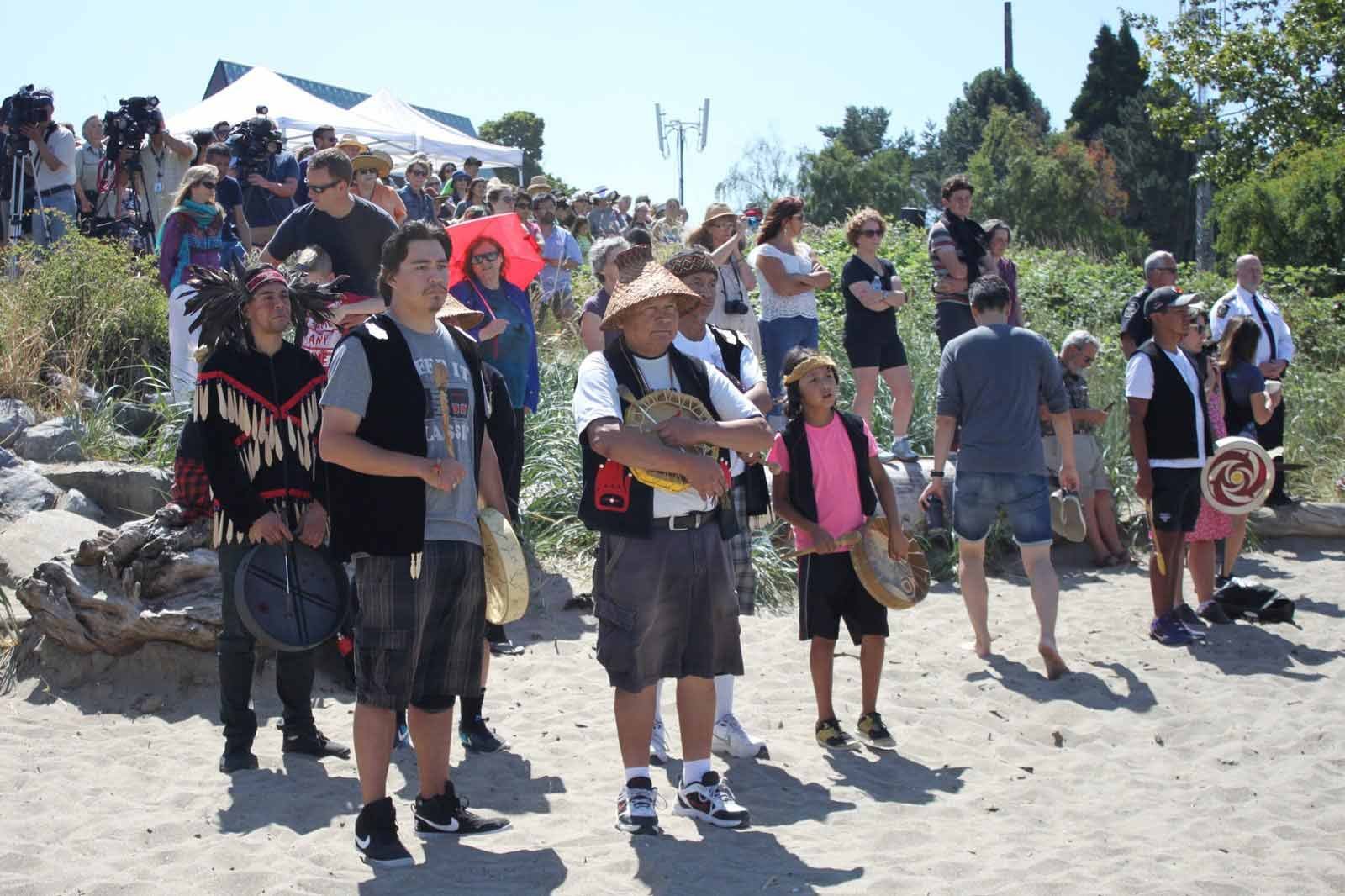 Book a walking tour through Stanley Park with Talaysay Tours, led by local Indigenous guides. Learn about traditional uses of plants, oral histories, and Indigenous perspectives on environmental stewardship.
Book a walking tour through Stanley Park with Talaysay Tours, led by local Indigenous guides. Learn about traditional uses of plants, oral histories, and Indigenous perspectives on environmental stewardship.
Why it’s worth it: Adds context to your surroundings and gives voice to the people whose land you’re on, essential for understanding British Columbia on a deeper level.
Urban Nature with Local Know-How
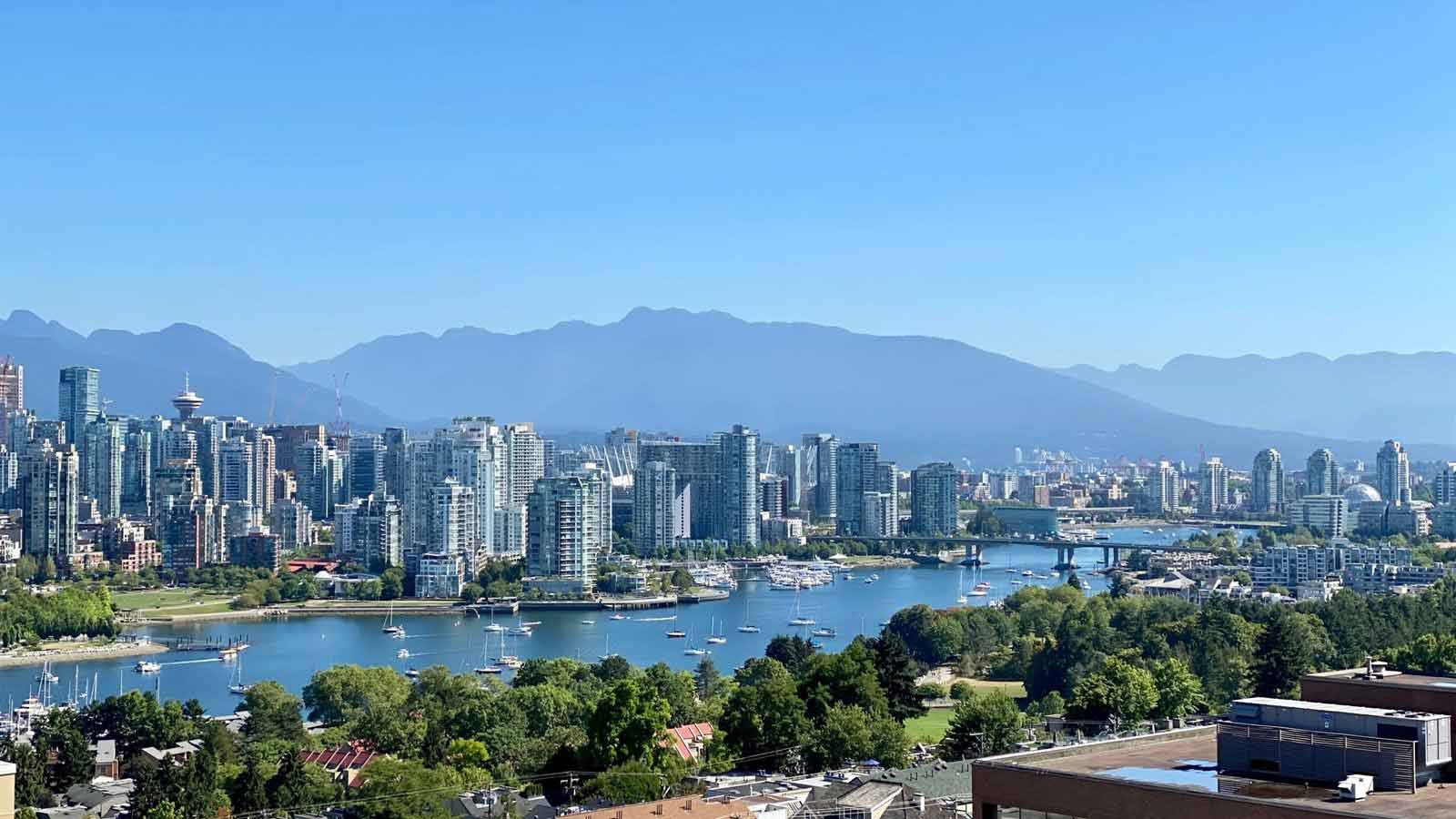
Skip the popular Grouse Grind hike and opt for a guided paddleboarding tour through False Creek or Deep Cove. Many include short lessons in local ecology and marine life and companies like Vancouver Water Adventures offer short excursions that blend recreation with learning.
Art with Civic Impact
Attend events at the Museum of Vancouver or Contemporary Art Gallery, both of which host talks and pop-ups exploring urban issues like climate change, migration, and reconciliation.
Why it matters: Vancouver is not just pretty, it’s also trying to evolve responsibly, and you’ll get more out of your visit if you engage with that effort.
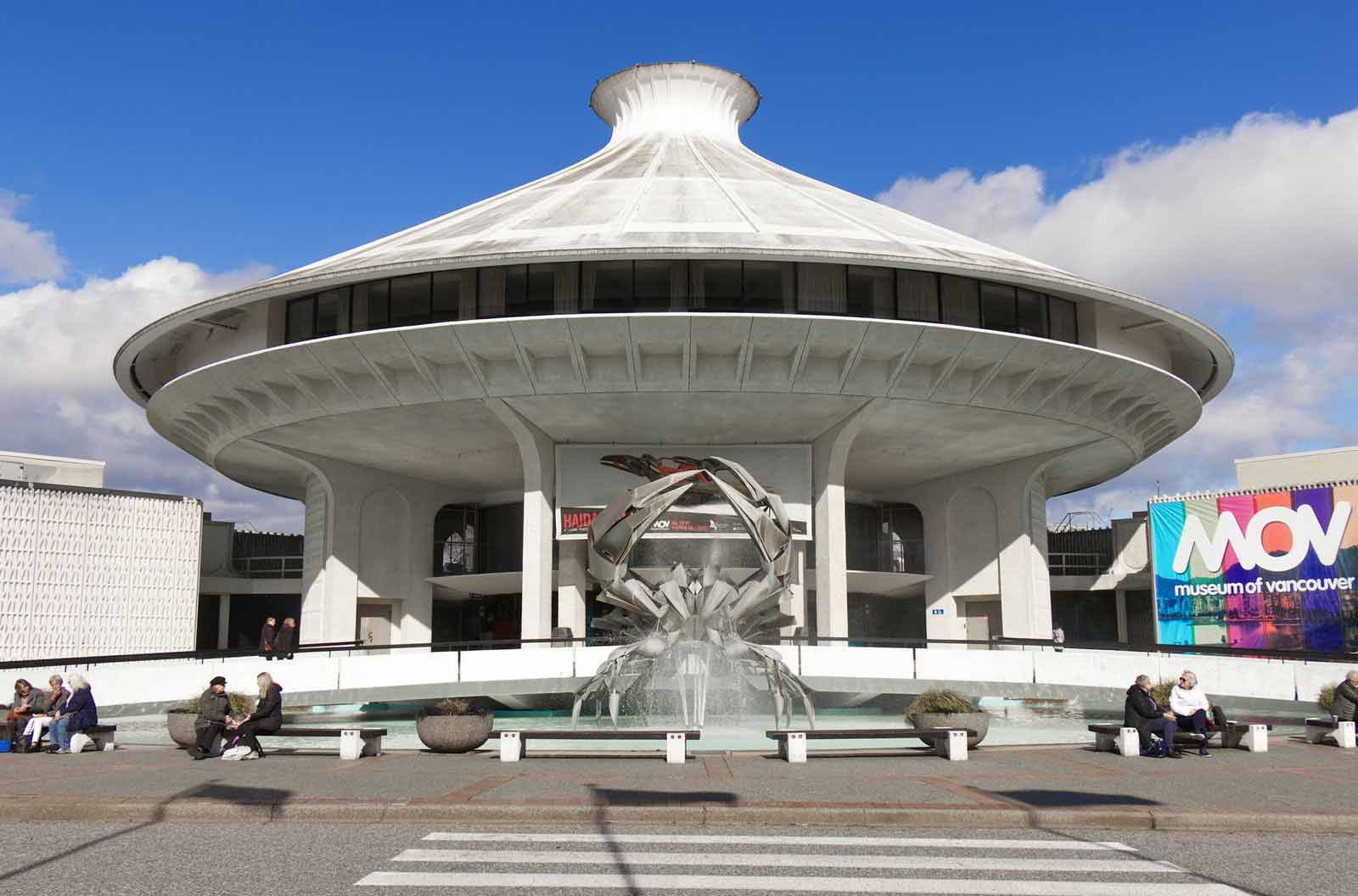 3. Navigate the city like a local
3. Navigate the city like a local
Vancouver is one of the easiest North American cities to navigate without a car. Take advantage of it:
- The SkyTrain that connects downtown with the airport and major districts like Richmond, East Van, and Burnaby.
- Mobi Bikes are available across the city, and are affordable, docked, and perfect for summer.
- The SeaBus takes you from Waterfront Station to North Vancouver in 12 minutes, where you can explore Lonsdale Quay or catch a bus to Capilano River trails.
Why this is important: Relying on public transit and bikes allows you to access more authentic areas, places where locals go, not just touristy areas.
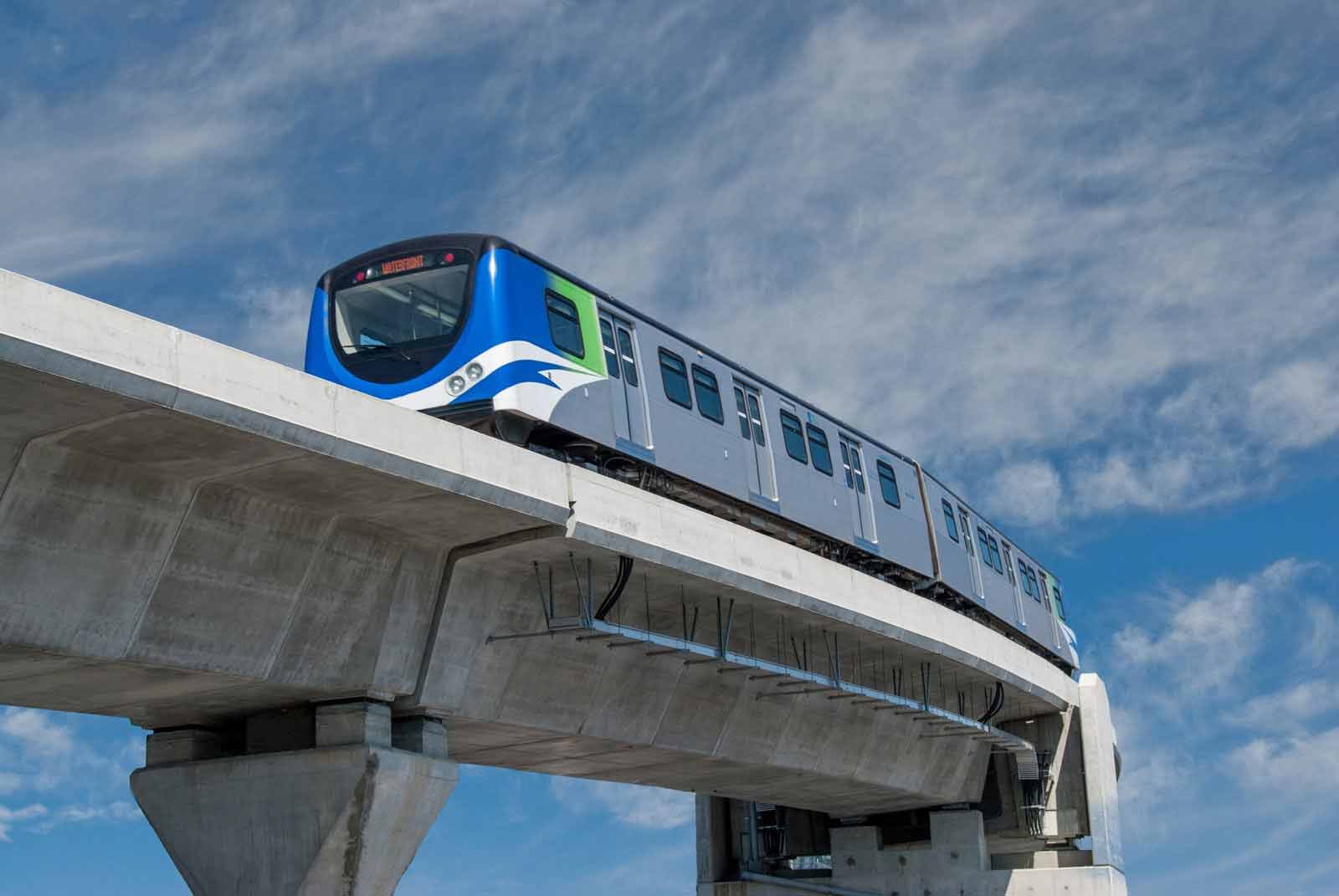 Why Vancouver?
Why Vancouver?
This isn’t the kind of city where you rush from one major attraction to another. Vancouver rewards you for slowing down, asking questions, and stepping beyond what you expect a North American city to be.
August, with its steady warmth and rich calendar of events, gives you the chance to not just see Vancouver, but to experience it, and why people from across the world choose to come here.
Whether you’re a solo traveler mapping out your cultural immersion, a couple combining city and nature escapes, or a family navigating multigenerational interests, Vancouver in August gives you more than vacation. It gives you a framework for future travel plans and experiences. One that values meaning over motion.
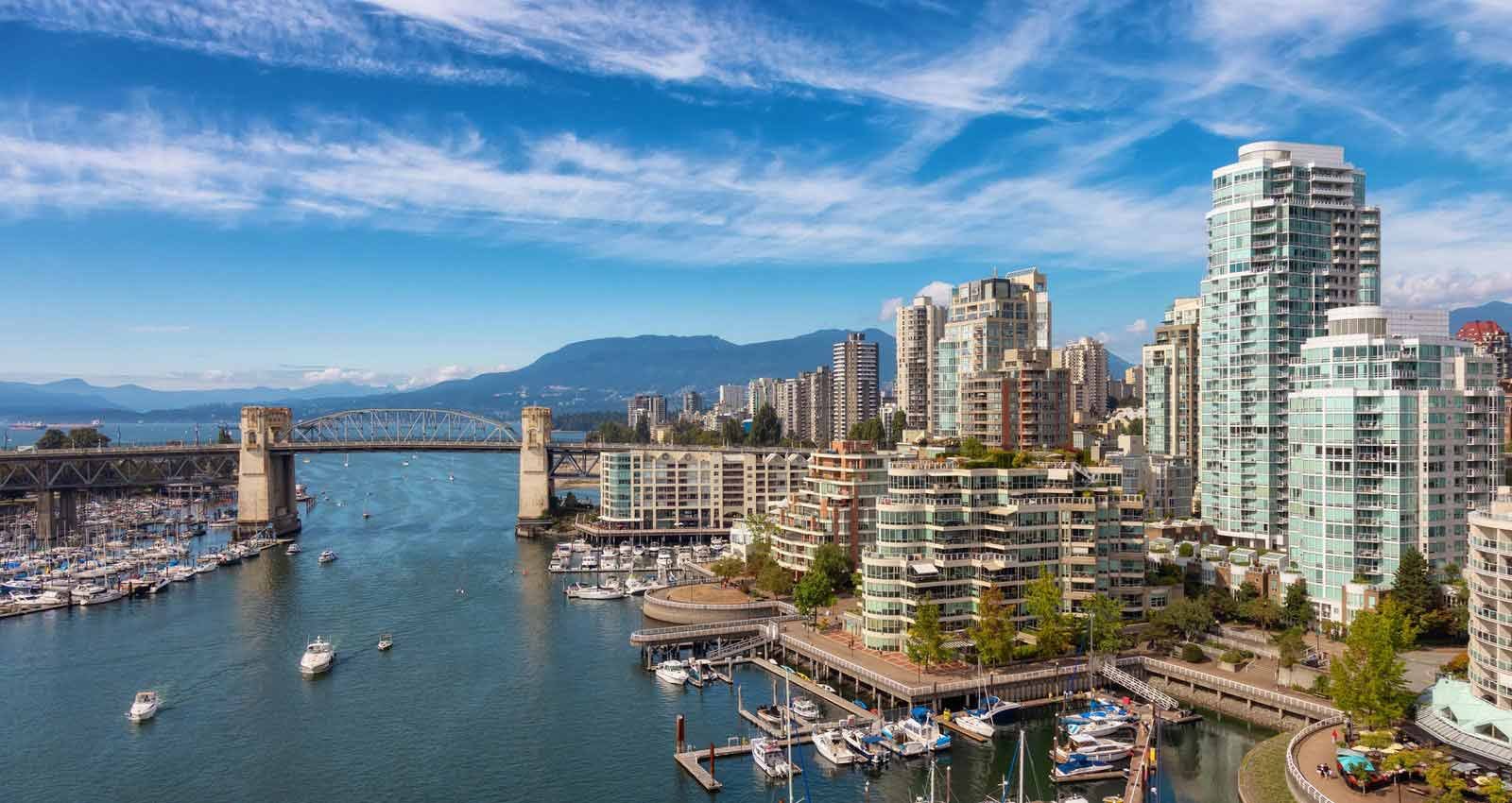 Plan Your August Visit
Plan Your August Visit
Explore Vancouver’s neighborhoods, events, and tailored trip ideas and plan your visit with us at britishcolumbia.com/plan-your-trip
Connect With Us
- Website: BritishColumbia.com
- Facebook: @BritishColumbiaDotCom
- Instagram: @britishcolumbiadotcom
- X (Twitter): @visitBCdotcom
- Email: info@britishcolumbia.com

